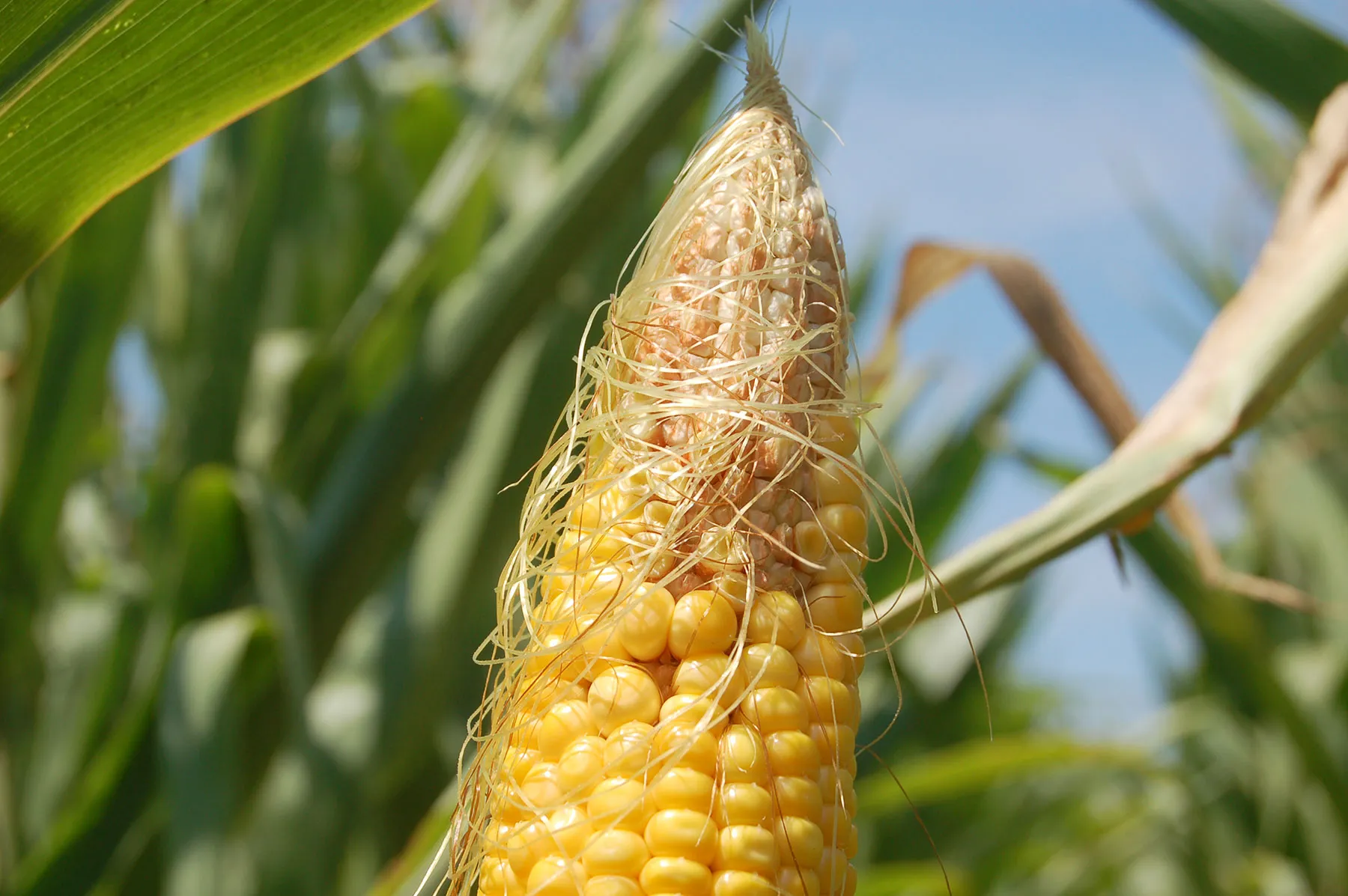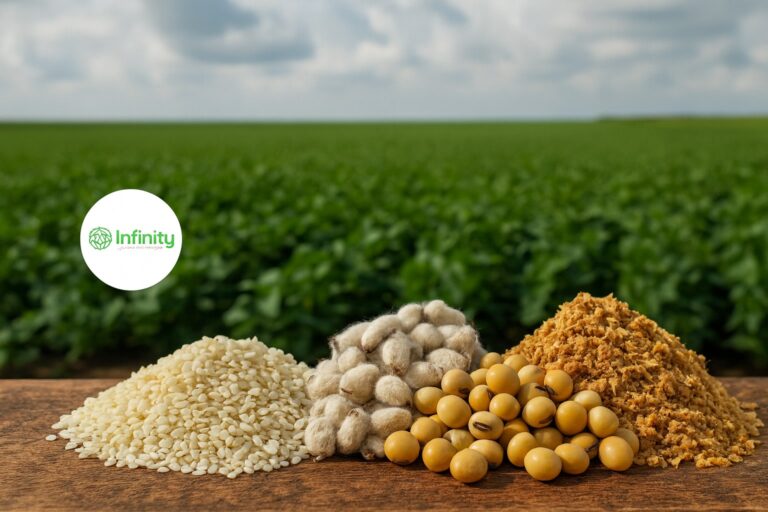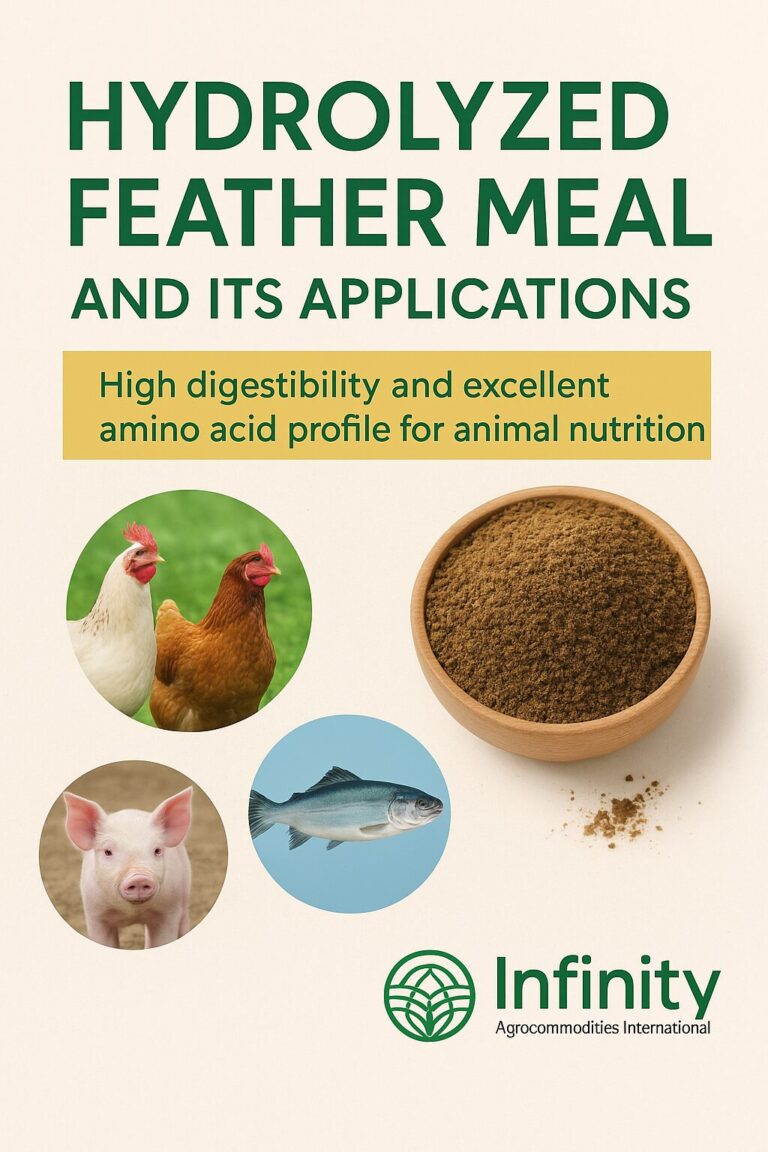As corn harvest approaches in Indiana, it is important to start monitoring and managing for ear rots. Ear rots can lower yields, reduce kernel quality and produce mycotoxins that are harmful to livestock and humans.
Corn that may appear healthy and even has high yields at harvest can be impacted economically through dockages or load rejections due to the presence of mycotoxins. Many areas of Indiana experienced these issues in 2023, especially in the north and northeastern parts of the state. This was largely due to cooler growing season temperatures, reduced heat unit accumulation, delayed plant maturity, poor grain drydown and delayed harvest.
Common ear rots
In Indiana, five ear rots can lead to mycotoxin production in corn:
-
aspergillus
-
gibberella
-
fusarium
-
penicillium
-
trichoderma
These ear rots can cause the production of five mycotoxins:
-
aflatoxin
-
deoxynivalenol (also called DON or vomitoxin)
-
zearalenone
-
fumonisin
-
ochratoxin
The Crop Protection Network has a resource for distinguishing the different ear rots and understanding their causes.

GREEN MOLD: Trichoderma ear rot has plagued this ear, shown by the green powder. This ear came from a field in Randolph County, Ind.
To minimize both the yield and economic impacts of ear rot development in corn, it is important to first assess fields prior to harvest. This preassessment can alert you to the potential severity of ear rot within various fields, and help with harvest and storage planning to prevent the problem from getting worse.
Scouting fields can involve sampling multiple ears from multiple areas, pulling back the husks and examining the entire ear for the presence of ear rot symptoms. In addition, if you suspect high levels of ear rot, having a commercial lab test harvested grain samples prior to storage can be helpful.
Controlling ear rot
As for managing ear rots, several possible methods apply:
Hybrid selection. Select hybrids with reduced susceptibility to ear rots, improved insect resistance and reduced “husk tightness.”
Harvest timing. If ear rots are suspected, make sure to prioritize those fields for harvest. Harvest fields with the highest pressures first. When disease-infected grain is left in the field and harvest is delayed, the risk of mycotoxin contamination increases.
Combine settings. Lightweight and damaged kernels likely contain higher levels of mold and mycotoxins, so adjust combine settings to discard these kernels, or use specialized equipment to sieve and clean the grain prior to storage or delivery.
Drying and storage. Dry grain quickly to less than 13% moisture and stored it in cool conditions below 30 degrees F to limit fungal growth and mycotoxin accumulation.
Fungicide applications. Fungicide use can be helpful, but many products labeled to control foliar diseases have minimal to no control on ear rots. In addition, fungicide application must be made at the R1 growth stage when green silks are present.
Source: https://www.farmprogress.com/corn/how-to-control-ear-rot





